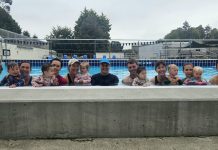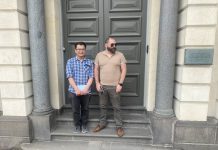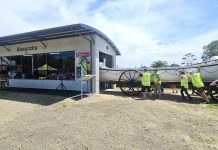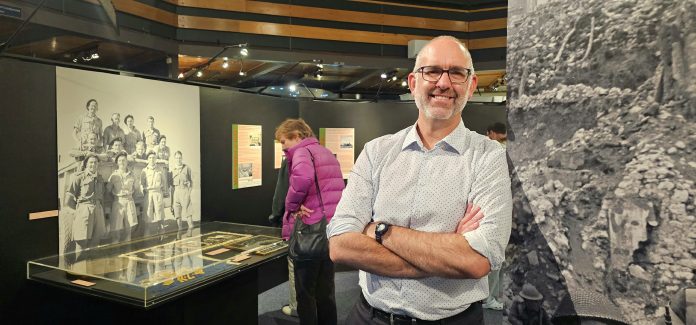
A new South Canterbury Museum exhibition is shining a light on South Canterbury’s involvement and experience with World War 2.
‘‘World In Flames: South Canterbury and World War II’’, marks 80 years since the war ended in 1945.
The exhibition was developed by social history curator Chris Rapley.
He said the museum held a similar exhibition in 1995 for the 50th anniversary and felt it was time for another.
‘‘We’ve had some amazing objects donated in the intervening time, especially in the last few years I’ve been here.
‘‘We’ve just had some terrific things come which I’ve really wanted to get on display.’’
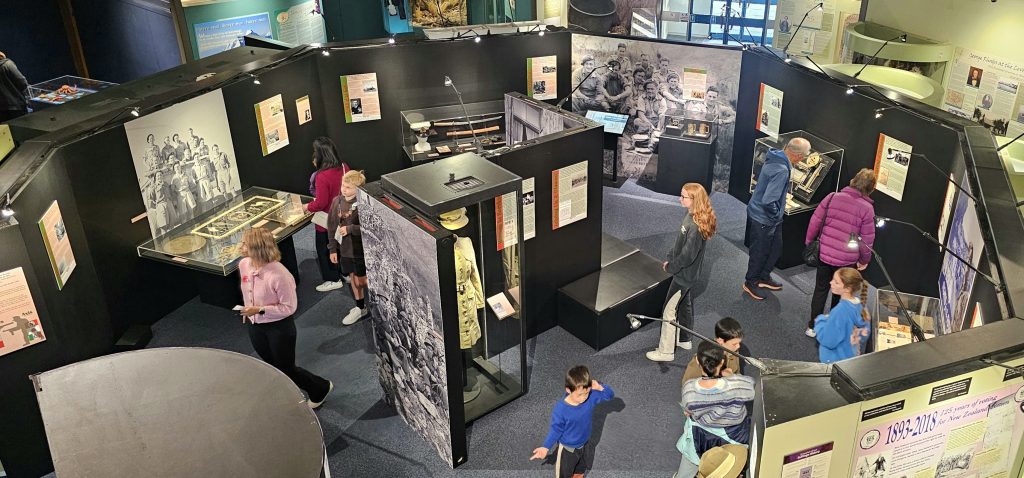
He said when museum director Phillip Howe, asked if it was something he would like to do, it was an immediate yes.
‘‘Military history is so central to our history as a nation and also our history locally.
‘‘That’s just a real passion of mine to share those stories with the community and dive into the research and then figuring out what the cool stories are that you can share.’’
Mr Rapley, who had previously worked as a curator at the National Army Museum in Waiouru, said he approached the exhibition from the point of view of somebody wandering through the door not knowing anything about World War 2.
‘‘What I’ve done is I’ve tried to offer an introduction to the conflict and then expand that introduction to the local story as well.
‘‘The first half of the exhibition is basically the fighting overseas and then you go around the corner and you’re looking at the home front from that point on.
‘‘You’re trying to tell an indepth story, but also one that somebody who is completely new to the subject can understand.’’
He hoped somebody who came into the space would come away with a broad understanding of what happened and also a specific understanding of how it affected Timaru and South Canterbury.
‘‘I’d love for them to come out thinking ‘gee, I’d like to find out more about that’.
He said it was still important for people to have an understanding of World War 2.
‘‘A lot of World War 2 basically shaped the 80 years following.
‘‘It’s really important that you have an understanding of why what is happening in the world now had its roots in World War 2 and why those things evolved the way they did.
‘‘The United Nations literally grew out of World War 2 and our world order is based around that.’’
He said there was a need to remind people of the reality of war, as well as the impact it had on Timaru and South Canterbury.
‘‘There are nearly 500 names on the Timaru memorial for World War 2.
‘‘Those are brothers, sons, and husbands which were all lost because of this war.
‘‘The ripples of the grief and the impact of that goes through generations.
‘‘We need to be reminded of that.’’
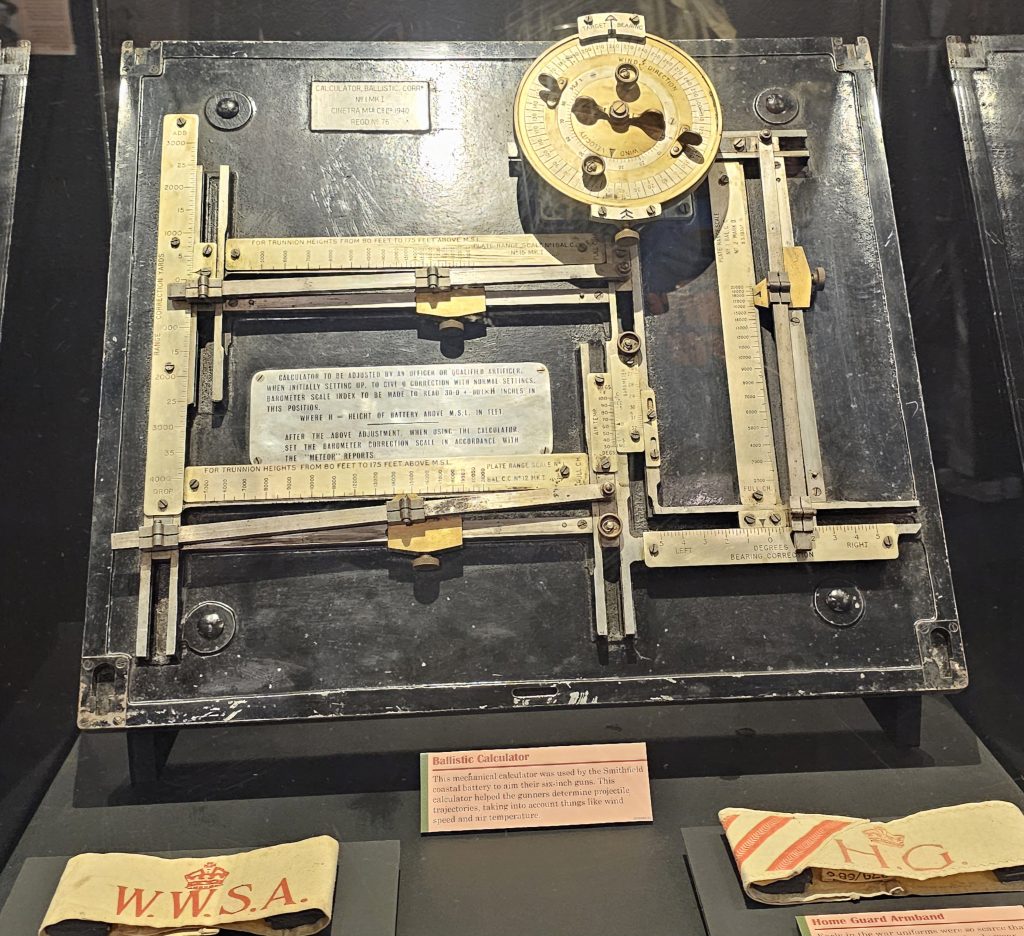
It was hard to pick out just a few highlights of the exhibition, Mr Rapley said.
‘‘Every object in there I’m really connected to and I think each one’s a highlight.
‘‘I do have ones that I just love getting out on display and ones that I’ve been waiting to get out on display.’’
He said one item he had been waiting to get out was the ballistic calculator, used at the Smithfield coastal battery.
‘‘It’s an incredible object, completely mechanical, where they had to figure out the trajectory of the projectiles using air temperature, elevation, and wind direction.
‘‘I think it’s an incredible item, just jaw-dropping and weighs a ton. It’s interesting because it’s got a local story, which is something that just seems completely foreign to us, you know, we had guns overlooking the port.
‘‘You look at it now and you think, an iPhone could do these calculations standing on its head with one arm tied behind its back.’’
Some of the other items on display he highlighted were the 27th Machine Gun Battalion flag, an emergency precautions scheme uniform, and a camera from a soldier in J-Force.
A propaganda leaflet, dropped on soldiers in Italy telling them they were all going to die, was on display.
About 100 people turned up to the opening night of the exhibition, which will run through until August 10.
Mr Rapley said it was wonderful to see the support for the museum.
‘‘We have such a strong community behind this museum.
‘‘We certainly never ever take that for granted, and we’re all just really heartened to see those sort of numbers turn up.
‘‘It was a great night to be a museum curator.
‘‘I’m also very thankful for the local families who helped with the various profiles of individuals featured in the exhibition.’’
The museum will be open on Anzac Day in the afternoon for anyone wishing to view the exhibition and pay their respects in that way.


